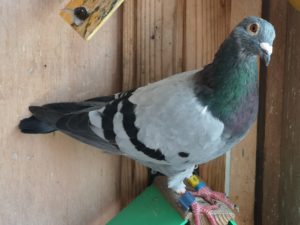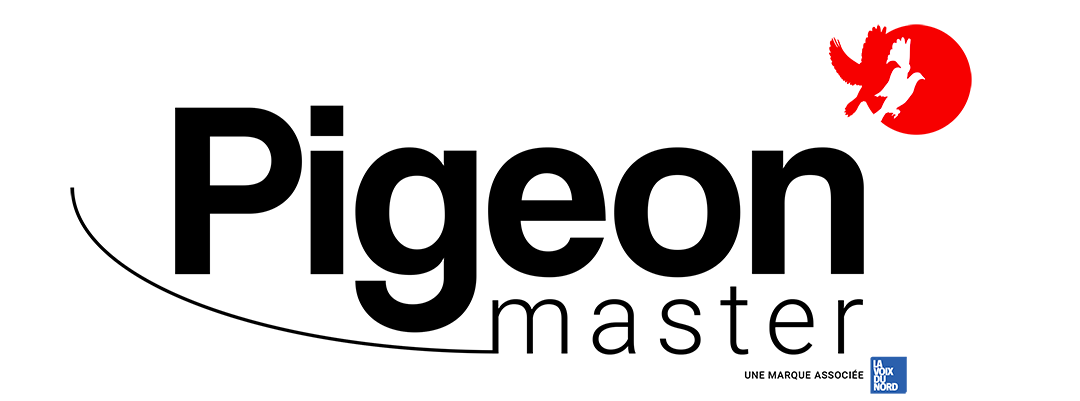
In nature, the moulting of birds is a natural and normal phenomenon. This is the replacement of the plumage that has suffered during the breeding season. This great moult occurs at the end of the summer when there is an abundance of food and the temperatures are still mild. This renewal of the plumage requires energy, minerals, trace elements and proteins.
The last sunny days therefore constitute the ideal period from all points of view because the “physiological” reserves of the bird are at their maximum. Thus described it seems obvious and does not seem to present a problem.
For our travelers, the good progress of the moult requires some adjustments in the physiology, energy and nutrition of the pigeons.
Plumage under the magnifying glass of science

Examining the composition of the plumage helps to understand the nutritional requirements necessary for the course of the moult : The feather contains 90% protein of which keratin is one of the major components. Keratin is a protein that contains 5% sulfur in the form of cysteine and cystine. It is a protein that gives the feather great resistance. Analysis of the plumage shows the presence of 1 to 2% lipids and minerals. The feather is therefore highly mineralized: in addition to sulfur, it contains many other minerals such as fluorine, zinc, copper, calcium, silica, etc.
The feathers equal to 10% of the dry weight of the pigeon body and represent a quarter of the total protein of the body? The analysis also shows that the main amino acids found are cysteine, glycine, proline and serine. Note that methionine, often used as a selling point for many specialities for pigeons, is among the least represented amino acids in the results of plumage analysis.
Moulting also consumes energy: studies show that the energy contained in a gram of feathers varies between 5 to 6 kcal. This specific energy is added to the energy needed for basal metabolism. That is, that which is necessary to support vital bodily functions and cellular activity. To this must be added the energy for daily activities.

Reducing training flight during the moulting period is therefore a natural energy saver mechanism. In a future article, we will look at how to avoid mistakes in rationing pigeons during this crucial time.
To be continued
Doctor Jean-Pierre Duchatel
Université de Liège






